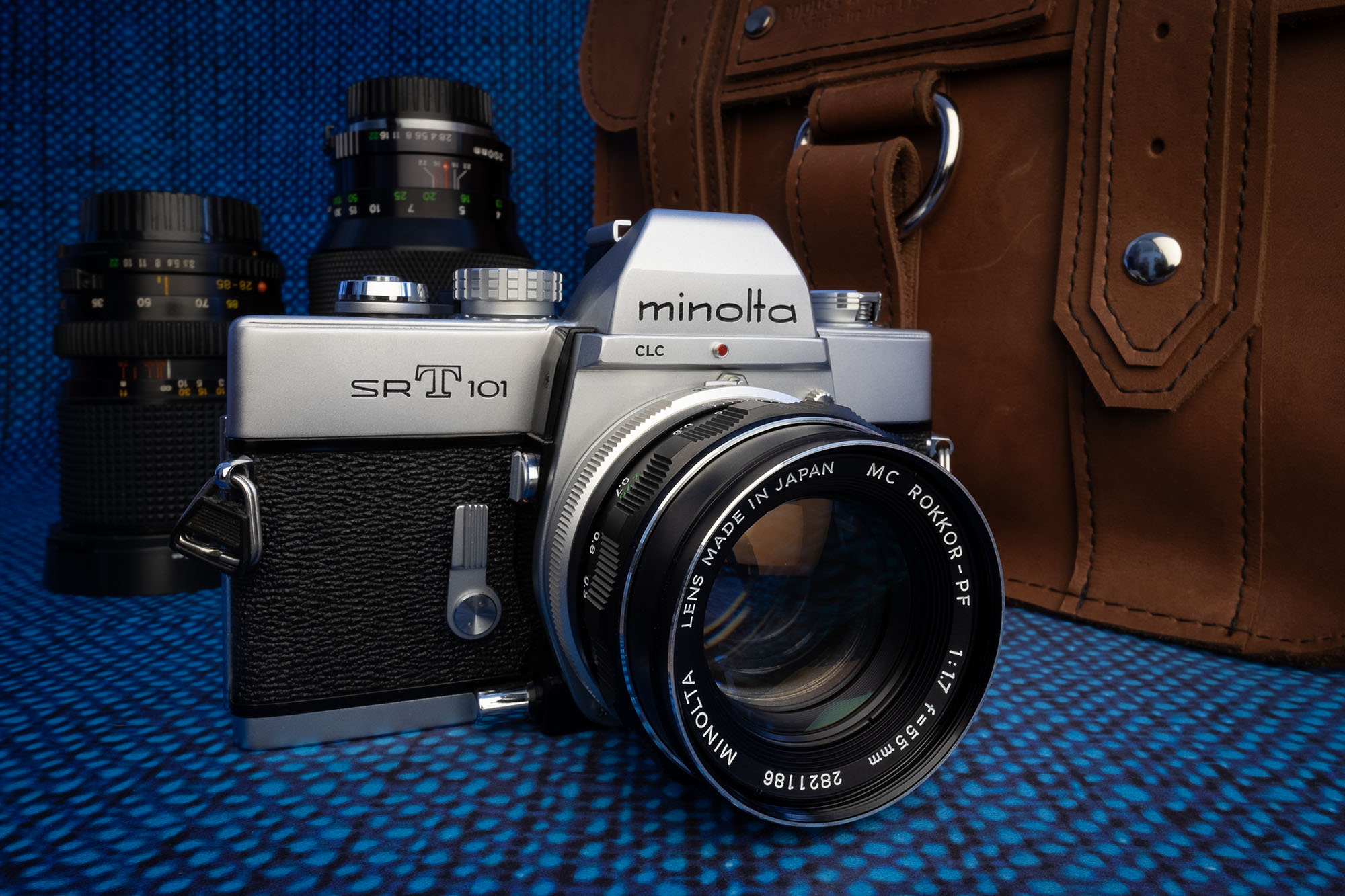This humble lens came attached to a Minolta SRT body from a thrift shop, in remarkably good condition. Both of the regular readers of this blog will know that I have a long-standing relationship with old Minolta glass. I love it. Having used Minolta optics in one form or another since 1987, I feel it is underrated and under-appreciated. Current prices seem to reflect that, although I believe that Minolta optics will grow in recognition and popularity.

I certainly didn’t need another Minolta “normal” lens, but I can’t pass one up, either. Having reviewed its larger sibling, the Rokkor-PF 58mm f1.4, I figured if the 55mm was anything like it, it was worth having. Lighter and more compact, with only a tiny difference in focal length and maximum aperture, this lens satisfies.

Over the years there has been much said about “Minolta colors” as if they were something special. The fact of the matter is that Minolta placed a great deal of emphasis on establishing consistency in color rendition across their range of lenses. Minolta lenses are simply honest in their transmission of light and color, without any surprises.
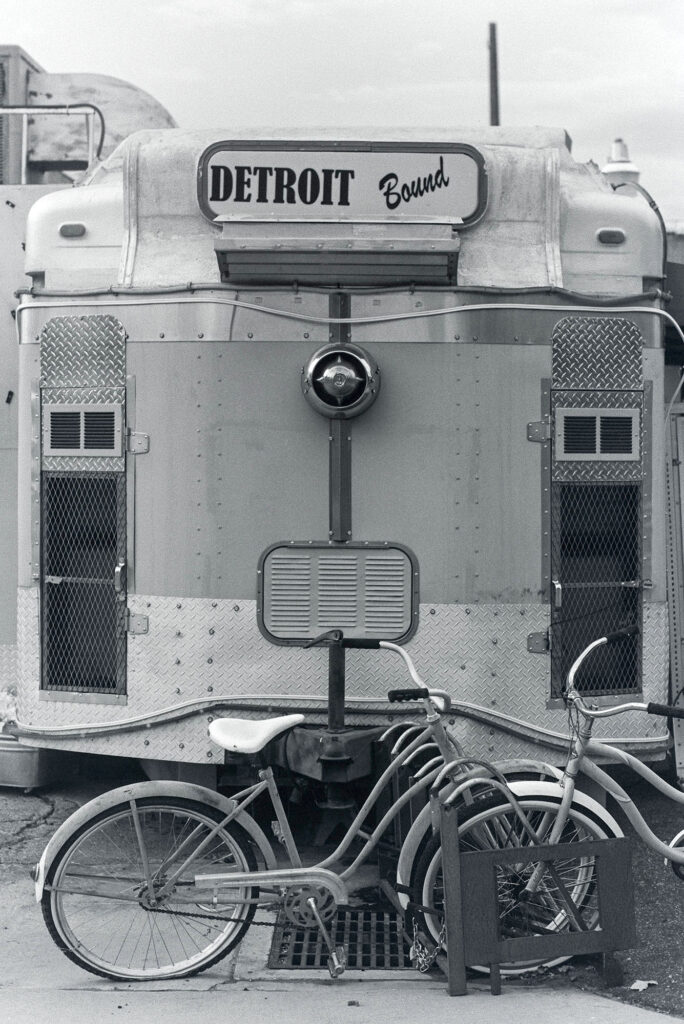
Built with metal and glass, this lens should last lifetimes with proper care. The focus ring is well damped and solid feeling. The aperture ring is smooth with positive detents. Everything is right where it belongs and behaves like it should. I have always enjoyed the feel of the lenses from this era, with metal focus rings machined out of a single billet. That requires a different type of craftsmanship and attention to detail, fit and finish. They just feel different, and inspire a sense of quality and longevity.
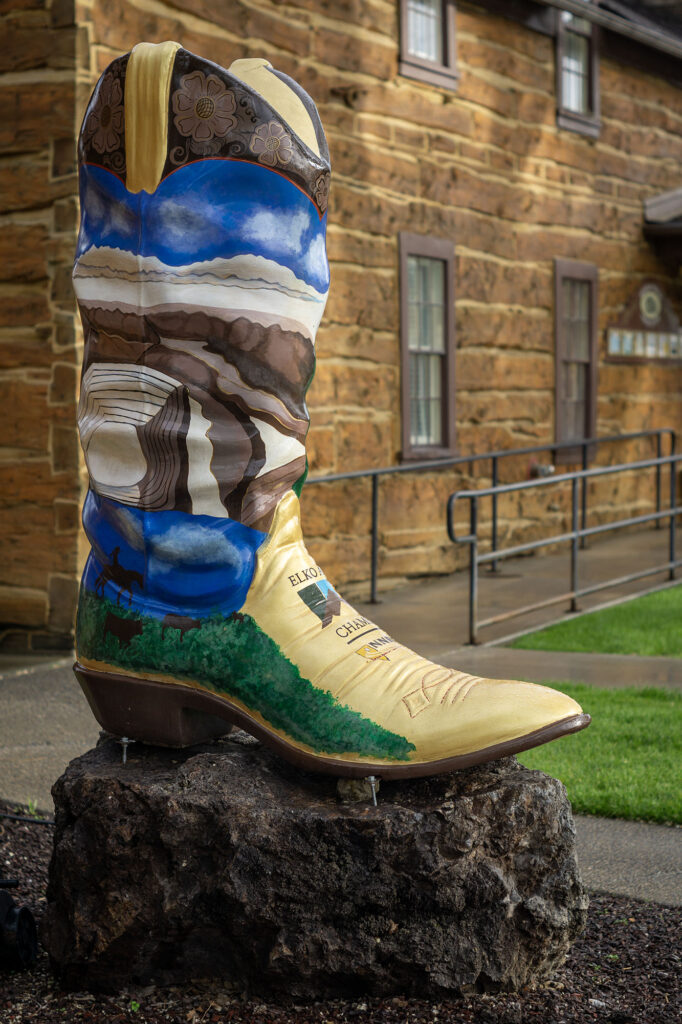
When attached to a contemporary film body, such as an SRT series body, the view is bright and sharp in the viewfinder. I have used it on a later X-series body, but it looks a bit anachronistic to me. It belongs on an SRT—metal on metal. For me there is something satisfying about having a period-correct lens on a body. That said, it still performs as it should on any Minolta manual focus body, whether MC or MD mount.
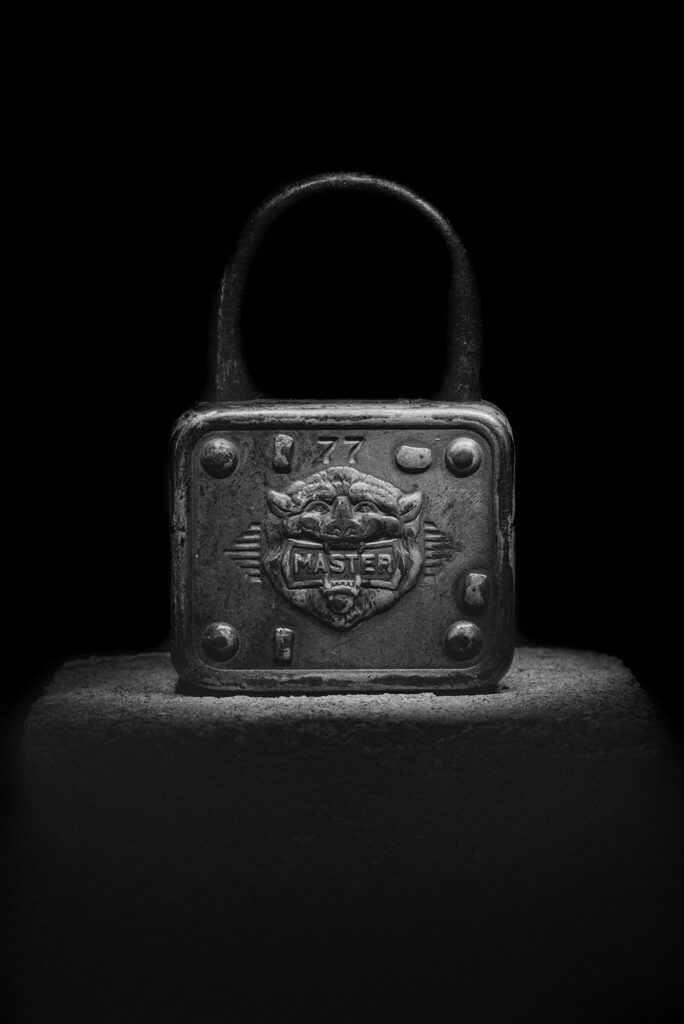
When mounted to a mirrorless digital camera, it is certainly not period-correct, but still performs beautifully. Colors are nicely balanced, contrast is on the low side, and sharpness is remarkably good for a lens of that vintage.

This lens accompanied me on a trip through Nevada and a day at an old mining mill site in Utah, attached to a Sony mirrorless body. It offered no surprises, and served me well. There is an indefinable character about how it records a scene, which I would describe if I could. I like the way it renders the out of focus areas, separating the subject from the background. Even in contrasty, harsh light, it gave me good shadow detail without blowing out the highlights. Post-processing sometimes involved contrast adjustment, but not as much as with inherently contrasty lenses.
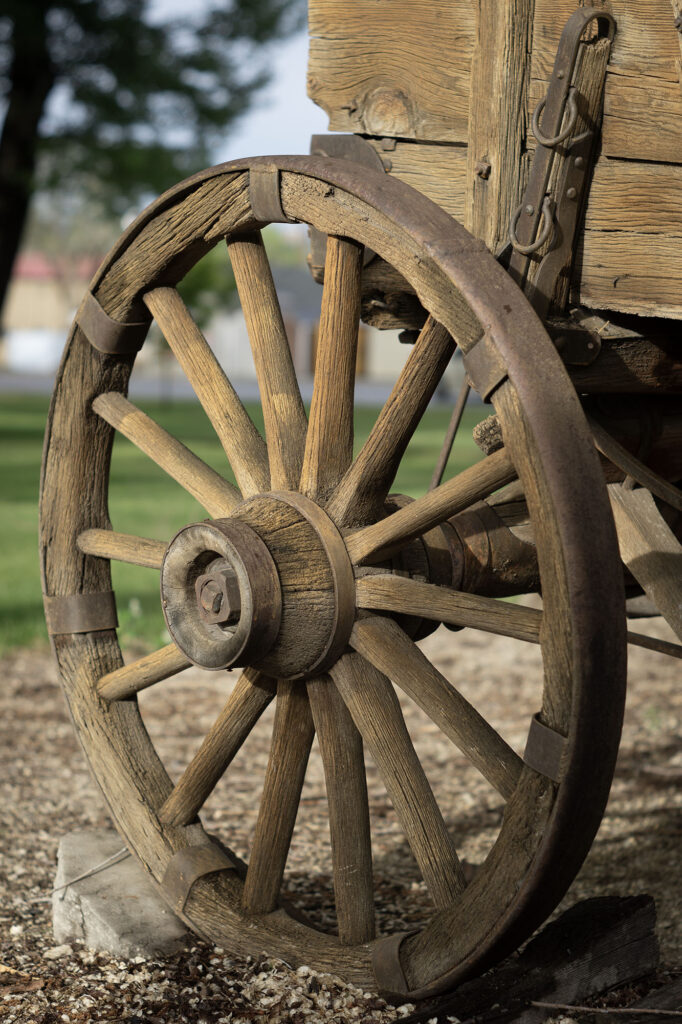
I would not hesitate to use this for portraits, particularly on an APS-C sized sensor. In that case it would give about the same (full-frame) angle of view as an 85mm lens, which is a classic focal length for portraiture. The lower contrast and neutral color balance would complement skin tones and provide faithful reproduction of clothing color.
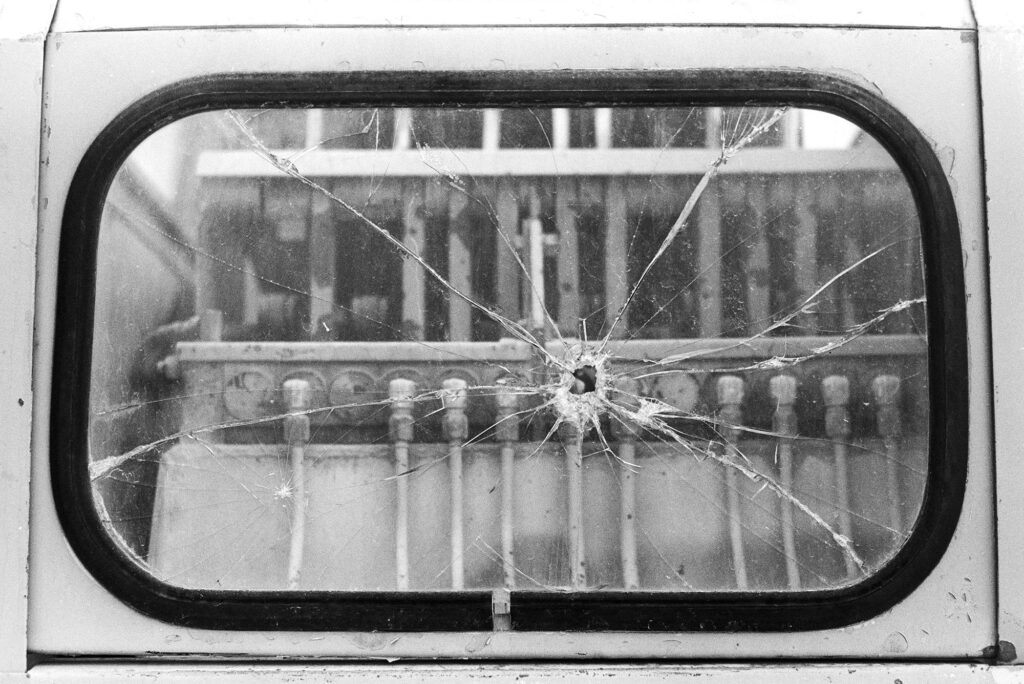
Optically, this is not a “perfect” lens, if there is such a thing. With a bit of spherical aberration glow when wide open, this lens unsurprisingly offers the best image quality in the middle apertures. This is typical of lenses from that era. Aberrations that are visible wide-open are minimized in those middle apertures, and softness due to diffraction doesn’t appear until it is stopped down to f11 and beyond. No mystery there. At f4 to f5.6 one can still throw the background out of focus while keeping the subject in the focal field. This lens does that nicely.
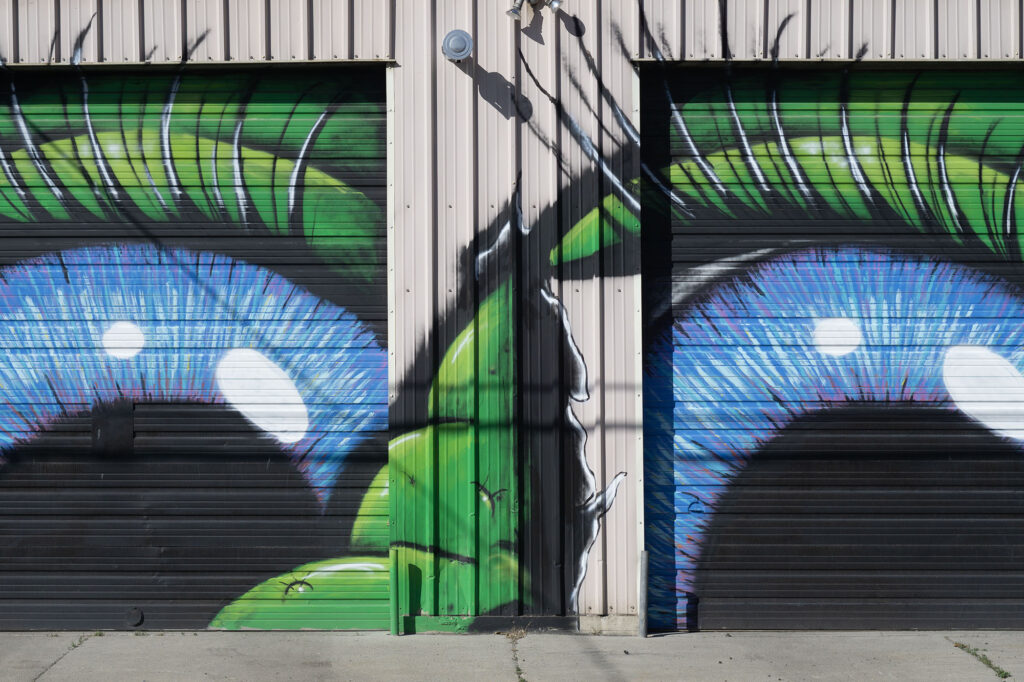
I realize that this is but one guy’s opinion of one copy of a lens, and I can’t guarantee that every lens is a gem. After years of Minolta lenses passing through my hands, I have noticed a pattern of excellence. There has been a consistency in workmanship, optical quality and color rendition to inspire confidence.
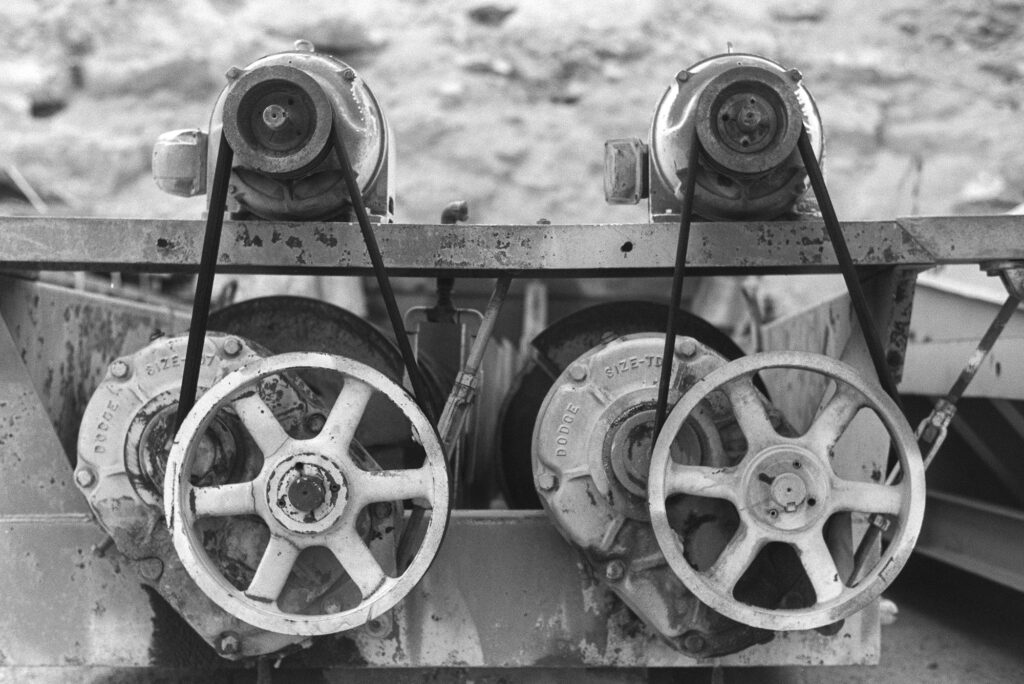
Specs:
Designation: Minolta MC Rokkor-PF 55mm f1.7 (MCII type, hill-and-valley knurled focus ring)
Construction: Metal and glass
Introduced: 1970
Weight: 230g (8.1oz)
Aperture: 6 blades, straight
Aperture Range: f1.7-16
Minimum Focus Distance: 0.5m (20in)
Optical Formula: 6 elements in 5 groups
Filter Thread Diameter: 52mm


